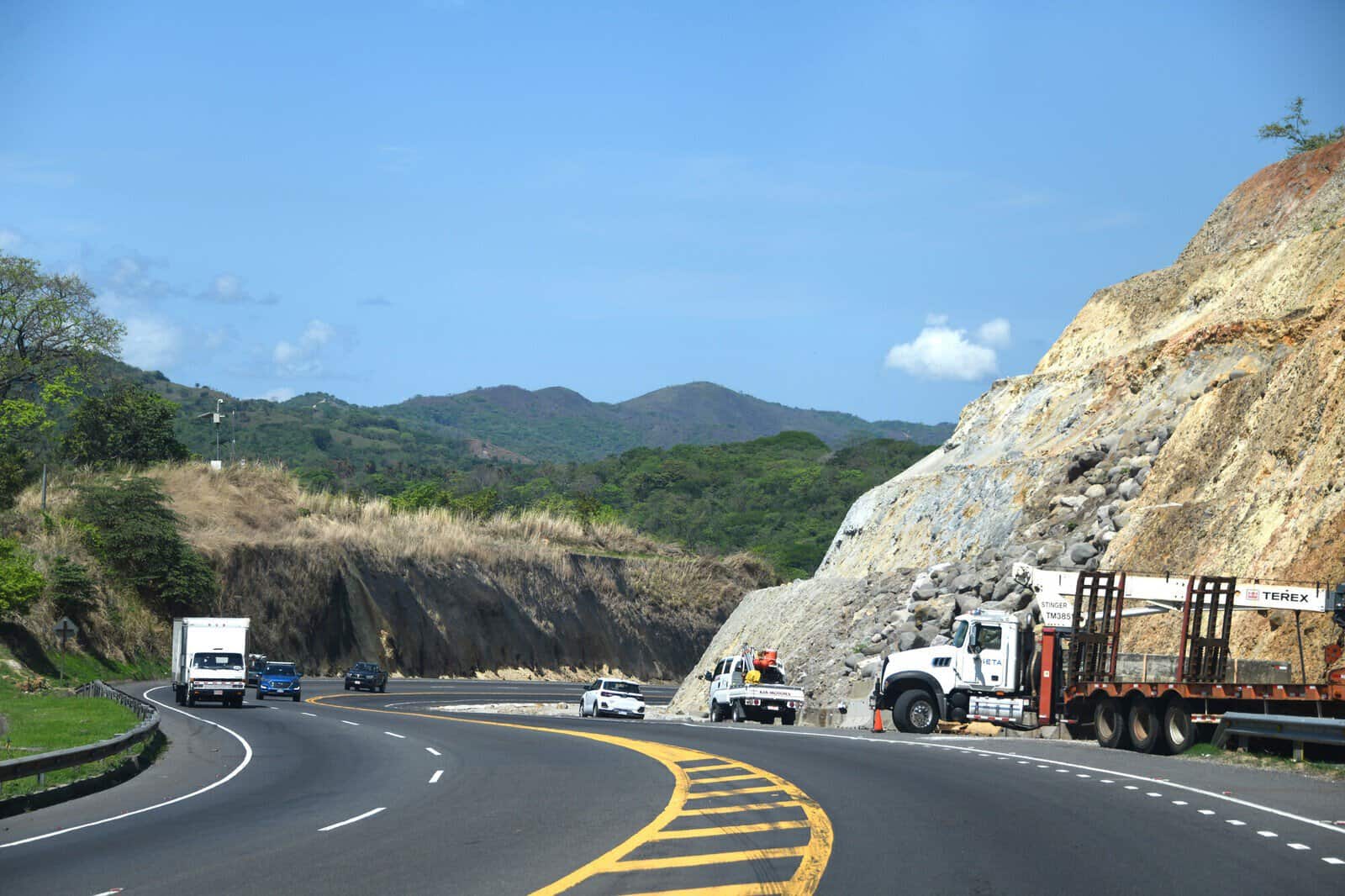According to the latest findings from the National Laboratory of Materials and Structural Models (LANAMME-UCR), a concerning 35% of national roads in Costa Rica are reported to have “highly slippery” surfaces, posing significant risks to drivers. This was revealed in LANAMME’s eleventh biennial assessment of the paved National Road Network (RVN) covering the period from 2022 to 2023.
The study underscores that roads situated in Alajuela, San José, and Puntarenas exhibit surfaces ranging from slippery to very slippery, exacerbating the safety concerns for motorists. Out of the total roads assessed, a substantial 45%, equivalent to 1,077.4 kilometers, are identified to possess a “slippery surface.”
Roy Barrantes, an engineer from LANAMME, emphasized the critical nature of the road network’s condition, warning of potential exacerbation with the imminent arrival of the rainy season. He expressed his concern over suboptimal braking distances, which could lead to an increased risk of accidents.
Barrantes also noted that the evaluations were conducted using equipment simulating rainy conditions on road surfaces, specifically the GRIP test. However, he cautioned that the current forecast predicting heavier rainfall compared to previous years could yield even more alarming data.
The assessment delved into the structural condition of the roads, revealing that a vast majority, 91.7%, are in very good structural condition. Conversely, only 1.5% are categorized as being in “very bad” condition, while 4.4% were found in moderate condition, with the best outcomes observed in roads located in Alajuela, Puntarenas, and San José.
Given the concerning state of the national roads, LANAMME advocates for an update to the Road Asset Management System. They stress the necessity for modernizing the National Roads Council (Conavi) to enhance the traceability of works conducted on the National Road Network.
LANAMME emphasizes the importance of addressing issues such as collapsed sewers during the dry season to prevent road flooding during the impending rainy season. They underscore the need for improved surface water management and drainage to mitigate the risk of floods and ensure the safety of road users.






